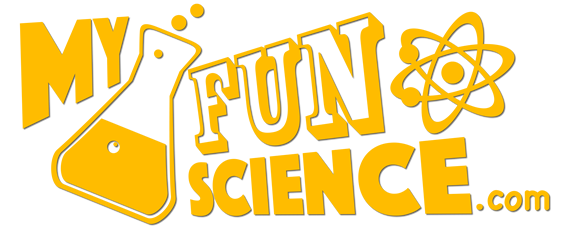Guide to the Order of Science and Math Classes
Sometimes parents ask for suggestions on the order of science and math classes. While it can vary depending on the student, state, or school district, we put together a suggested order for taking science and math classes.
We also recommend sending a message to the teacher if you have any questions about a class.
Science Classes
Most high school students graduate with a minimum of 2-3 science credits. College bound students should verify the graduation requirements of the schools they are interested in attending.
In general, most college bound students take 3-4 years of science to strengthen their transcripts. Usually two of these science courses have a lab component. Most college bound students complete at least Biology, Chemistry and either Earth Science or Physics. However, students majoring in STEM (science, technology, engineering and math) may be required to complete four science courses including physics.
Upper Elementary / Middle School
No particular order- Young Scientist Anatomy & Physiology (4th-7th)
- Young Scientist Botany (4th-7th)
- Young Scientist Marine Science (4th-7th)
- Young Scientist Zoology (4th-7th)
- Astronomy (5th-8th)
Middle School
- General Science (6th-8th)
- Pre-Biology (6th-9th)
- Pre-Chemistry (6th-9th)
- Pre-Physics (6th-9th)
- Physical Science (7th- 9th)
Middle School / High School
- Medical Terminology (7th-12th)
- Human Disease and Pathophysiology (7th-12th)
- Shocking! An Intro to Electricity (7th-12th)
- Earth Science (8th-12th)
High School
- Biology (8th-12th)
- Health Science (9th-12th)
- Chemistry (9th-12th) prerequisite Algebra 1, Biology suggested
- Creation Science (10th-12th)
- Anatomy and Physiology (10th-12th)
- Physics (11th-12th) prerequisite Algebra 1, Algebra 2 or concurrent, Chemistry suggested
Math Classes
Middle school is the time to shore up basic math skills, introduce a couple of new topics and prepare for high school math. Everyone enters middle school math at a different level. Our goal at MyFunScience is to help your child succeed at the level where they are and prepare them for the next level. For this reason, we don’t really offer a specific 6th, 7th and 8th grade math class.
2-4-6-8: You Can Learn to Do Math Great is a single semester class offered in the spring. The class is designed to create a strong foundation for basic math skills. This class can be taken in 5th grade to prepare for middle school math or maybe in middle school if your student is still struggling with some basics. This class can be taken in conjunction with other math classes and focuses on computations with decimals, fractions, mixed numbers and percentages.
Middle School Math is a bridge between elementary math and pre-algebra. It is designed to be taken over one school year and covers the material needed to succeed in pre-algebra. Topics include (but are not limited to) fractions, integers, decimals, percentages, 1 step equations, square roots, measurements, statistics, basic geometry.
Middle School Math & Pre-Algebra Readiness Assessments
If you are unsure whether Middle School Math or Pre-Algebra is the best fit for your child, these placement tests can help.
Students should be able to correctly answer 25-30 of these 56 math problems to be ready for Middle School Math!
Students should be able to correctly answer 40 of these 5 math problems to be ready for Pre-Algebra!
Pre-Algebra is taken to prepare for high school math classes. Students can deepen their understanding of topics such as fractions, decimals, percents, mixed numbers, signed numbers, order of operations, evaluation of algebraic expressions, and solutions for linear equations with one unknown.
Algebra 1 is the first official high school level math class. This class, usually taken by 8th graders, receives high school level credit and should be put on a high school transcript. It expands on material covered in Pre-Algebra and covers topics such as linear and quadratic equations, understanding the fundamentals of graphs, exponents, solving equations, and critical thinking to solve all types of word problems.
Most high school students graduate with at least 3 years of math including Algebra 1 and Geometry. College bound students should verify the high school graduation requirements for the schools they are interested in attending.
Most colleges require 3-4 years of math with a minimum of Algebra 2. STEM majors (science, technology, engineering and math) may require Pre-calculus or Calculus.
Upper Elementary
- 2-4-6-8: You Can Learn to Do Math Great! (4th-6th)
Middle School
High School
- Pre-Algebra
- Algebra 1 (prerequisite Pre-Algebra 1)
- Algebra 2 (prerequisite Algebra 1) Or (can be taken in any order)
- Geometry (prerequisite Algebra)
